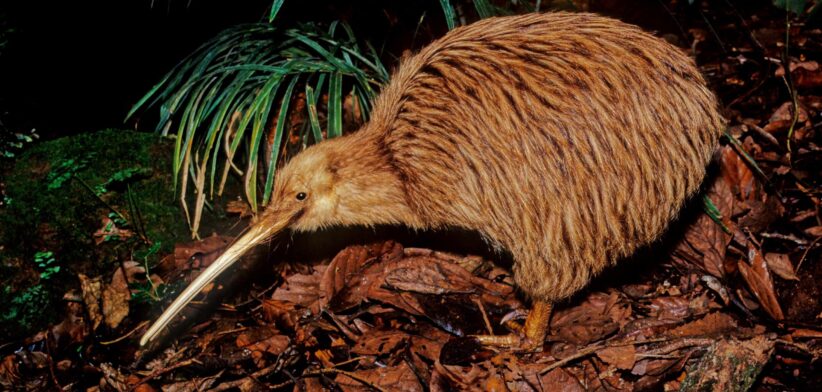The iconic New Zealand flightless bird the kiwi is a “recent” arrival from Australia, according to new research conducted across the ditch.
Researchers believe New Zealand’s true ancient species are animals like Kākāpō, small wrens, bats and freshwater limpets, not Aussie immigrants like kiwi, moa and takahē, which they believe only arrived a few million years ago.
Canterbury Museum Senior Curator Natural History Dr Paul Scofield is part of an international team of palaeontologists who have spent 20 years at the St Bathans fossil site in Central Otago.
Dr Scofield said the team had uncovered thousands of fossil bones at the site which offered the only significant insight into the country’s non-marine wildlife from 20 million years ago.
He said new research summarised the creatures discovered in the more than 9000 specimens collected across 23 years and promoted a rethink of New Zealand’s native fauna.
“Many of the species that we thought of as iconic New Zealand natives – a classic example would be the takahē – we now know are relatively recent blow-ins from Australia, arriving only a few million years ago,’’ he said.
“Twenty-three years of digging at St Bathans has changed our idea about the age of the New Zealand fauna and the importance of some animals over others. For example, until now we thought that birds like kiwi and moa were among the oldest representatives of New Zealand fauna. We are now realising that the Kākāpō, tiny New Zealand wrens and bats, and even a bizarre freshwater limpet, are the real ancient New Zealand natives.”
Dr Scofield said the research concluded that this menagerie of exotic animals was wiped out by dramatic temperature drops over the last about 5 million years.








